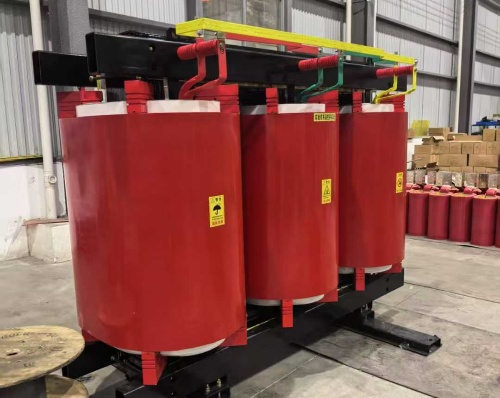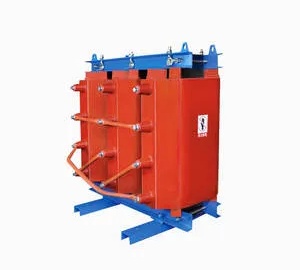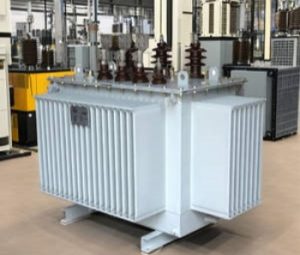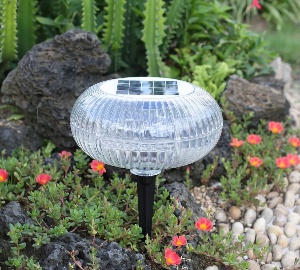Electronic Components Supplier | Transformers, Inductors, Inverters
Introduction
Power distribution transformers are critical components in electrical networks, ensuring efficient electricity delivery from power plants to homes, businesses, and industries. As global energy demands rise and smart grid technologies advance, the role of distribution transformers is evolving. This article explores their function, types, latest innovations, and how choosing the right transformer can enhance energy efficiency and reliability.

What Is a Power Distribution Transformer?
A power distribution transformer is a static electrical device that steps down high-voltage electricity from transmission lines to lower voltages (typically 120V-480V) suitable for end-use. These transformers are essential for minimizing energy loss and ensuring safe, stable power supply across communities.
Key Functions:
- Voltage Reduction – Converts high-voltage electricity to usable levels.
- Energy Efficiency – Reduces transmission losses.
- Grid Stability – Maintains consistent voltage for appliances and machinery.
Types of Power Distribution Transformers
Different applications require specific transformer designs. The most common types include:
1. Oil-Immersed Transformers
- Use insulating oil for cooling and insulation.
- Common in outdoor installations (utility poles, substations).
- Require regular maintenance to prevent oil leaks.
2. Dry-Type Transformers
- Air-cooled, no flammable oil.
- Ideal for indoor use (hospitals, data centers, commercial buildings).
- Lower fire risk, eco-friendly.
3. Pad-Mounted Transformers
- Compact, ground-level units for suburban/urban areas.
- Tamper-resistant and safe for public spaces.
4. Smart Transformers
- Integrated with IoT sensors for real-time monitoring.
- Enable predictive maintenance and energy optimization.
Latest Trends in Distribution Transformer Technology
The transformer industry is undergoing significant advancements to meet modern energy needs:
1. Energy-Efficient Designs (Amorphous Core Transformers)
- Use amorphous metal cores, reducing energy loss by 30% compared to traditional silicon steel.
- Lower operational costs and carbon footprint.
2. Smart Grid Integration
- IoT-enabled transformers provide real-time data on load, temperature, and faults.
- Enhance grid reliability through remote diagnostics.
3. Renewable Energy Compatibility
- Modern transformers support solar/wind power integration.
- Handle variable loads from distributed energy resources (DERs).
4. Eco-Friendly Alternatives
- Biodegradable insulating fluids (ester-based oils) replace traditional mineral oil.
- Reduce environmental risks from leaks.
Why Choosing the Right Transformer Matters
Selecting the optimal distribution transformer impacts:
✔ Energy Efficiency – High-efficiency models reduce electricity waste.
✔ Lifespan & Reliability – Quality transformers last 25-30 years with minimal failures.
✔ Safety Compliance – Fire-resistant and explosion-proof options for high-risk areas.
✔ Cost Savings – Lower maintenance and operational expenses over time.

How to Select the Best Distribution Transformer
When choosing a transformer, consider:
- Load Requirements – Match transformer capacity (kVA) to expected demand.
- Installation Environment – Indoor (dry-type) vs. outdoor (oil-immersed).
- Efficiency Standards – Look for IEEE C57.91 or DOE 2016 compliance.
- Smart Features – IoT monitoring for predictive maintenance.
- Future-Proofing – Ensure compatibility with renewable energy sources.
Conclusion
Power distribution transformers are indispensable for modern electricity networks, evolving with smart technologies and sustainability trends. Investing in the right transformer—whether oil-cooled, dry-type, or smart-enabled—ensures long-term efficiency, safety, and cost savings.
As grids become smarter and greener, staying updated on transformer innovations will help businesses and utilities optimize energy distribution.







